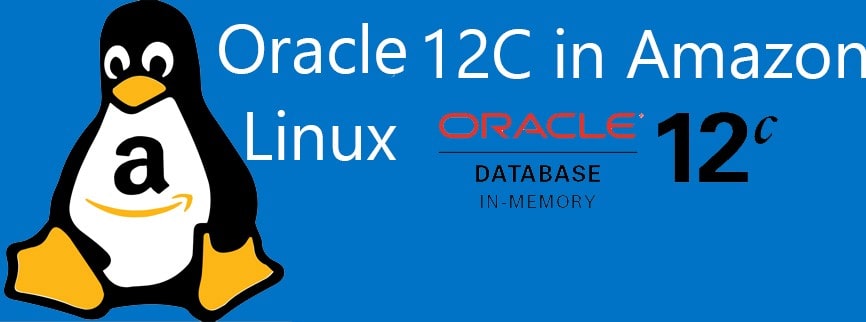

Let’s switch gears to the second part to make sure that your PHP cURL extension is turned on. Ok, we are done doing the installation part of cURL for AWS EC2 and Amazon Linux. You can check if cURL is installed on your Amazon Linux EC2 instance by running the curl -V command curl -V sudo yum install php-curl Check if cURL is Installed or not in EC2 You can install cURL on AWS EC2 using the following command. It is always recommended to update your Linux packages as follows.

It will prompt you to the EC2 Linux shell. We will be diving deep into the details of the process to installing cURL on AWS EC2 Linux and enabling it in PHP. We’ve shown the quick steps to install PHP cURL on an AWS EC2, but you may be like me and need a more detailed walk-through with a complicated task like this one. Install PHP cURL on AWS EC2 from Start to Finish with Detail Save your updates as a custom AMI so you don’t have to do it again.Remove any semicolon before the extension (the semicolon is used as a comment).Find the following in the file: extension=curl.so.Open the file using vim or your preferred editor: vi php.ini.cd to the directory of the PHP.ini file like: cd /etc.Find the PHP.ini file on the server with command: php –ini.Confirm the PHP curl extension is enabled in your PHP.ini file.



 0 kommentar(er)
0 kommentar(er)
